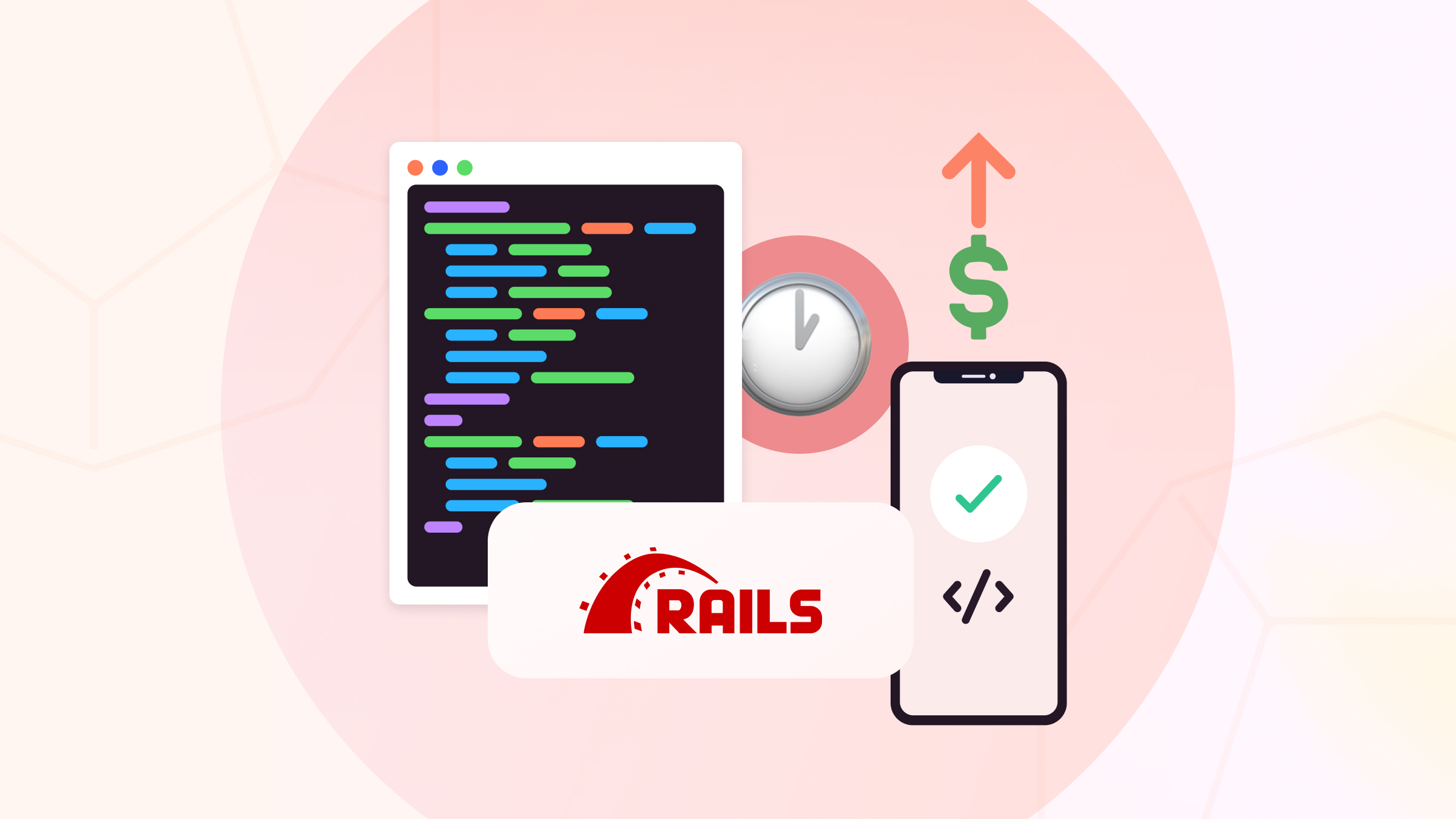Why We are Still Using Ruby on Rails in 2025
When people ask, "Is Ruby on Rails still relevant?" we answer: absolutely—and here’s why it's still a strategic business decision for us at 10 Grounds.
1. Speed Is Business Value
Rails embraces convention over configuration, making API development fast and low-friction. For decision-makers, that means quicker MVPs, faster iterations, and lower costs—directly translating to stronger ROI and streamlined timelines.
2. Flexible Backend for Varied Front-Ends
We primarily use Rails for APIs, which interface smoothly with frontends like React.js, React Native, or Flutter. Rails gives us a stable engine that works across modern interfaces without being tied to a specific UI.
3. Shopify: Rails at Massive Scale
One of the clearest examples of Rails' power is Shopify. Built on Rails from its start, Shopify processes billions in transactions and powers thousands of developers working on a single codebase. Their CEO, Tobias Lütke, isn’t just a user—he’s one of Rails’ earliest contributors and continues to lead innovation in the ecosystem.
4. A Business Decision, Not Nostalgia
We choose Rails not because it’s trendy, but because nothing lets us deliver APIs with the speed and reliability Rails does. It’s opinionated in the right way—streamlining onboarding, preventing divergence, and preserving team productivity.
5. Rails in 2025: Evolved, Not Obsolete
Rails isn’t stagnant—it inspires modern frameworks like Django, Laravel, and Phoenix. With its maturity, developer-friendly conventions, and proven track record, Rails remains a reliable and wise choice in today’s fast-paced landscape.
The Bottom Line
Rails isn’t about the past—it’s about making smarter business decisions today. At 10 Grounds, Rails helps us deliver faster, smarter, and more flexible solutions for our clients.



